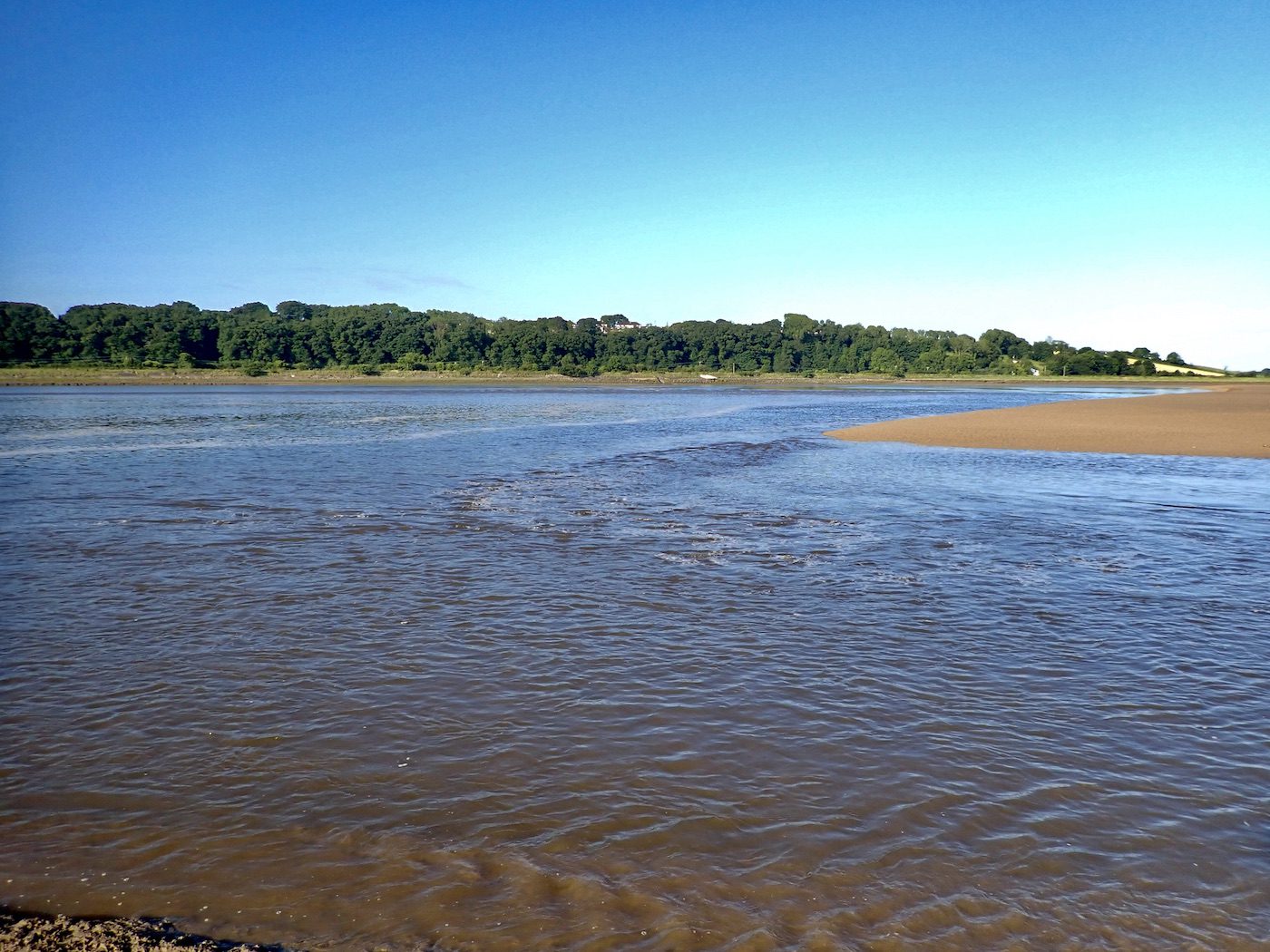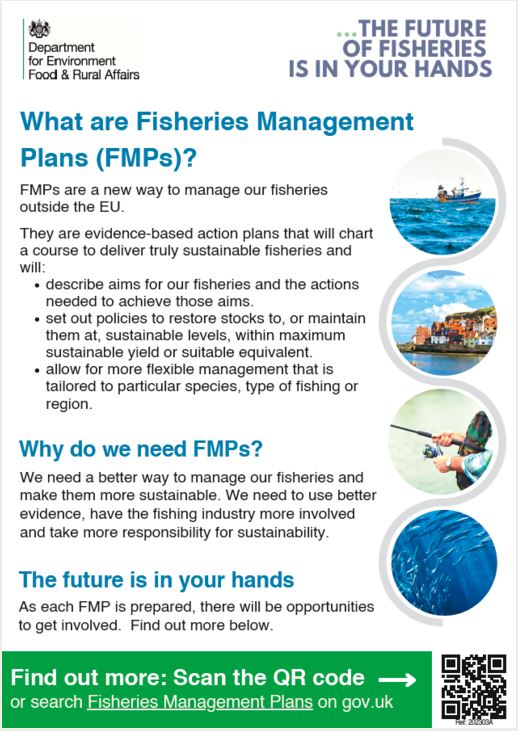
The Review of the Netting Permit Conditions
Have Your Say

What is this about?
D&S IFCA manages netting activity via the Netting Permit Byelaw. The Byelaw allows permits to be issued that contain conditions of use for those engaged in netting activity.
D&S IFCA must review the existing Netting Permit Conditions and has a duty to consult in writing with permit holders and such other stakeholders, organisations and persons as appear to the Authority to be representative of the interests likely to be substantially affected by the proposed future management options.
Your view is important and D&S IFCA is inviting you to be involved in the review and have your say. We are directly contacting everyone on our mailing list and giving you options on how to respond. All stakeholders can respond even if they don’t have a Netting Permit.
The review of the Netting Permit Conditions will be an extended process, including collating information and evidence, and decision making by D&S IFCA’s Byelaw and Permitting Sub-Committee (B&PSC). The review may or may not lead to changes to the existing Netting Permit Conditions.
- The information gathering exercise starts on 19th May 2023
- The information gathering exercise ends on 30th June 2023.
What is covered by the current Netting Permit Conditions?
The Netting Permit Conditions and Annexes (charts) can be viewed in full by using the links below or visiting the D&S IFCA website.
- No drift or fixed nets are authorised within any of the estuaries.
- A series of coastal zones at sea that prohibit the use of fixed surface nets.
- Minimum sizes for shellfish and bass.
- Protection for berried crab, lobster and spiny lobster.
- A limitation on the removal of parts of crabs (claws).
- A bag limit for recreational fishers (2 lobsters and 3 crabs per calendar day).
- Gear marking requirements (floating markers and flags for fixed nets).
- A 25-metre maximum length for nets at sea operated by recreational fishers.
- Net tags requirement for recreational fishers.
- No removal of spiny lobster from defined Marine Protected Areas.
- No netting authorised in an area surrounding Lundy Island.
How to have your say?
The consultation is not a questionnaire. This phase one consultation has no focussed or specific items, but it does give all stakeholders the opportunity to examine the present Netting Permit Conditions, see how netting is being managed by D&S IFCA and respond accordingly.
The following prompts may help you provide a response:
- What is your interest in the review?
- How did you find out about this review?
- What changes do you think should be made (if any) to the Permit Conditions and why should there be changes?
- What works well from your point of view and why?
- What doesn’t work so well and why?
- Please provide any supporting information or evidence to support your response.
- Are you on our mailing list and would you like to be added if not already?
Email: [email protected]
Telephone: (Neil Townsend) – 07590 224011 or 01626 331589
Telephone IFCA Office: 01803 854648

